Summer is just around the corner, and with it comes sun, sand, and, unfortunately, sunburns. While we all love to spend time outdoors enjoying the warm weather, knowing how to take care of sunburns the right way is essential. Not only can sunburns be painful and uncomfortable, but they can also lead to long-term skin damage if not handled properly.
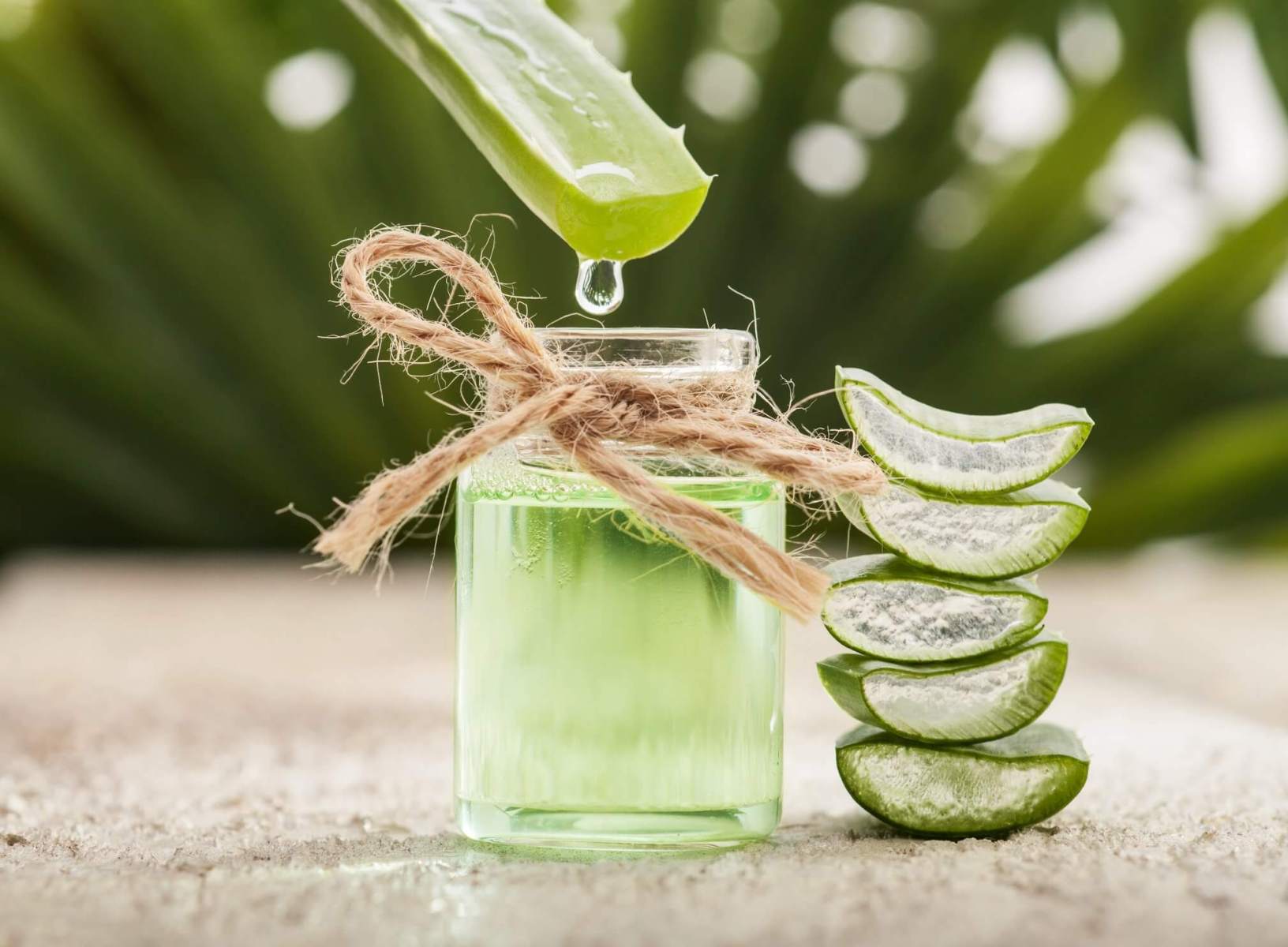
Understanding sunburns is the first step to managing them. Sunburn occurs when your skin is exposed to too much ultraviolet (UV) radiation from the sun or artificial sources such as tanning beds. Upon excessive exposure, the skin becomes red, swollen, and painful. Severe sunburns can result in blisters and even fever. Fortunately, there’s a range of immediate relief measures, advanced care techniques, and preventive methods to help you minimize the risk of sunburn and manage it when it occurs.
Key Takeaways
- Know the causes and effects of sunburns to manage them effectively.
- Implement immediate relief steps and advanced care techniques for sunburn treatments.
- Discover preventive measures to avoid sunburns and protect your skin from future damage.
Understanding Sunburns
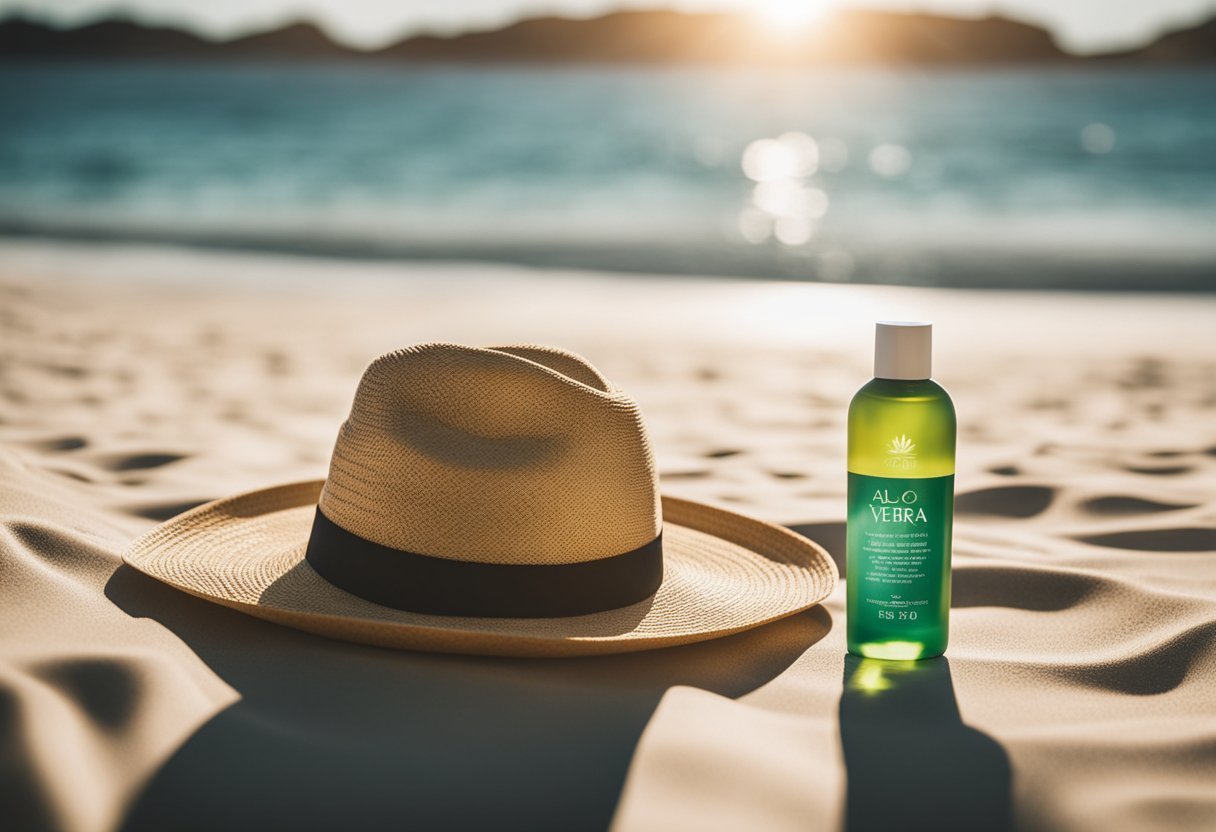
Symptoms of Sunburn
Sunburn occurs when your skin is exposed to excessive amounts of sun ultraviolet (UV) rays. It may vary in severity, but knowing the common signs is essential. Some symptoms include:
- Redness and warmth in the affected area
- Pain, tenderness, or itching
- Swelling
- Skin peeling after a few days
Causes of Sunburn
Sunburn is primarily caused by UV radiation from the sun. Two main types of UV rays can damage your skin: UVA and UVB. Both contribute to sunburn, but they differ in their effects:
- UVA rays: These penetrate deeply into the skin, causing long-term damage such as premature aging and wrinkles
- UVB rays: These mainly affect the outer layer of the skin, causing redness and sunburn
It’s important to understand that up to 80% of the sun’s UV radiation can still reach your skin, even on cloudy days.
Risks of Severe Sunburns
Severe sunburns carry several risks for your skin and overall health:
- Increased risk of skin cancer: Prolonged exposure to UV radiation increases the risk of developing skin cancer, especially melanoma.
- Damage to skin cells: Intense sunburns can damage the DNA in skin cells, increasing the likelihood of cancerous mutations.
- Weakened immune system: Sunburn can suppress your immune system, making it harder for your body to fight infections and other diseases.
- Premature aging: Excessive sun exposure leads to the degradation of collagen and elastin in your skin, causing it to age more quickly.
To minimize your risk of sunburn, always take proper precautions when outdoors, such as using sunscreen with broad-spectrum protection, wearing protective clothing, and limiting your time in direct sunlight during peak hours.
Immediate Sunburn Relief Measures
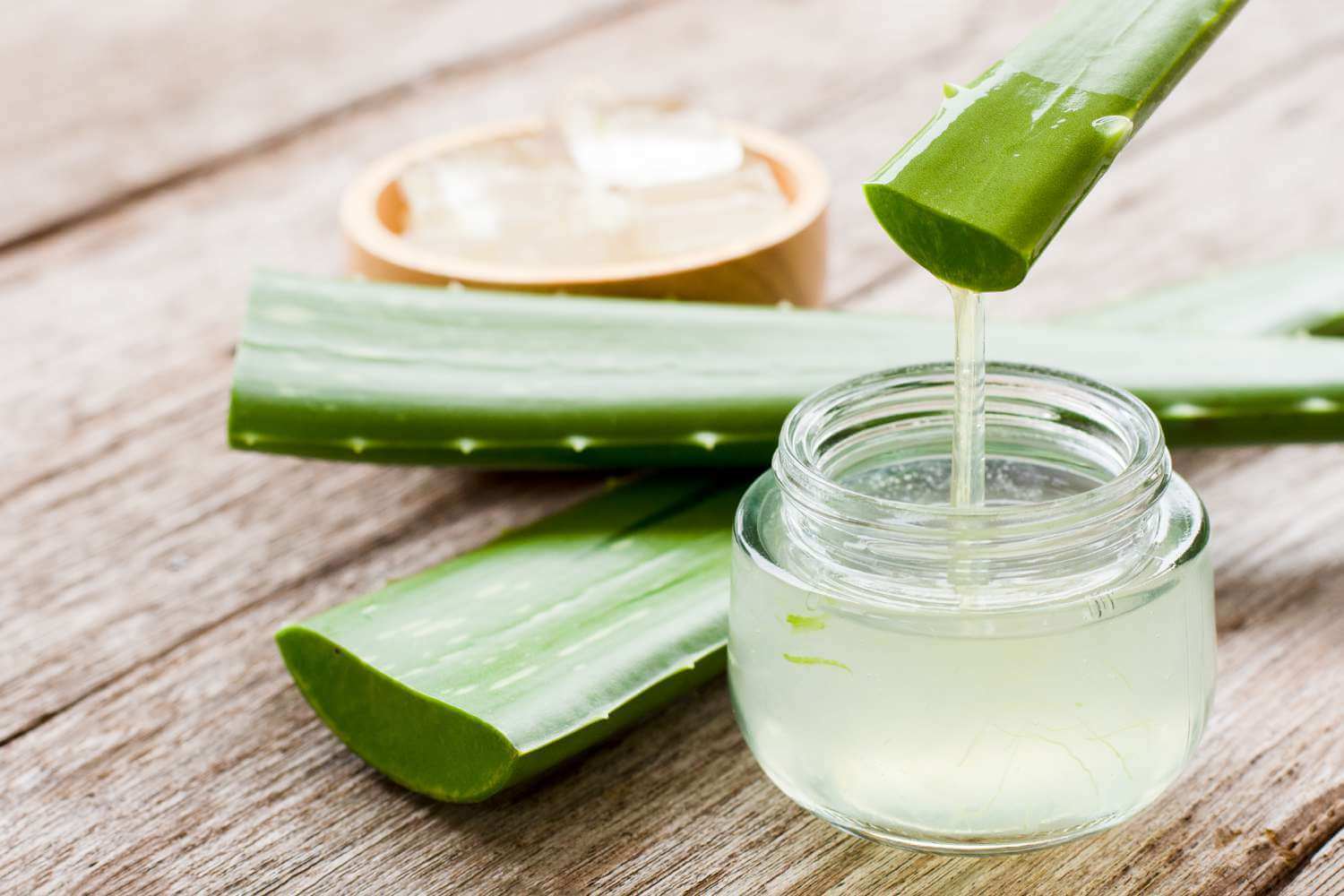
Cool Compresses and Baths
When you first notice a sunburn, one of the best things to do is to cool the affected area immediately. You can apply cool compresses directly to the sunburned skin by soaking a clean washcloth or cloth in cold water, gently wringing it out, and placing it on the skin. This will soothe the pain and help reduce redness.
Another option is to take a cool bath or shower. Be sure to use lukewarm or cool water instead of cold or hot water, and avoid scrubbing the skin as it may cause further irritation. A gentle bath without any soap or with a mild soap is ideal. Pat yourself dry with a soft towel, but don’t rub it, or you might cause more damage.
Hydration and Protective Clothing
It’s essential to stay hydrated during sunburn treatment. Drinking water will help your body cool itself down, relieving sunburn symptoms. Aim to consume at least eight glasses of water per day. In addition, eat water-rich fruits and vegetables such as watermelon or cucumber to help replenish lost fluids.
Wear loose-fitting, protective clothing to shield your skin from further sun exposure. Choose light-colored, breathable fabrics, such as cotton or linen, and don’t forget to cover your sunburned skin when heading outdoors. If possible, stay in the shade while your skin recovers.
By incorporating these immediate sunburn relief measures into your routine, you will be on your way to a faster recovery and healthier, protected skin.
Advanced Sunburn Care
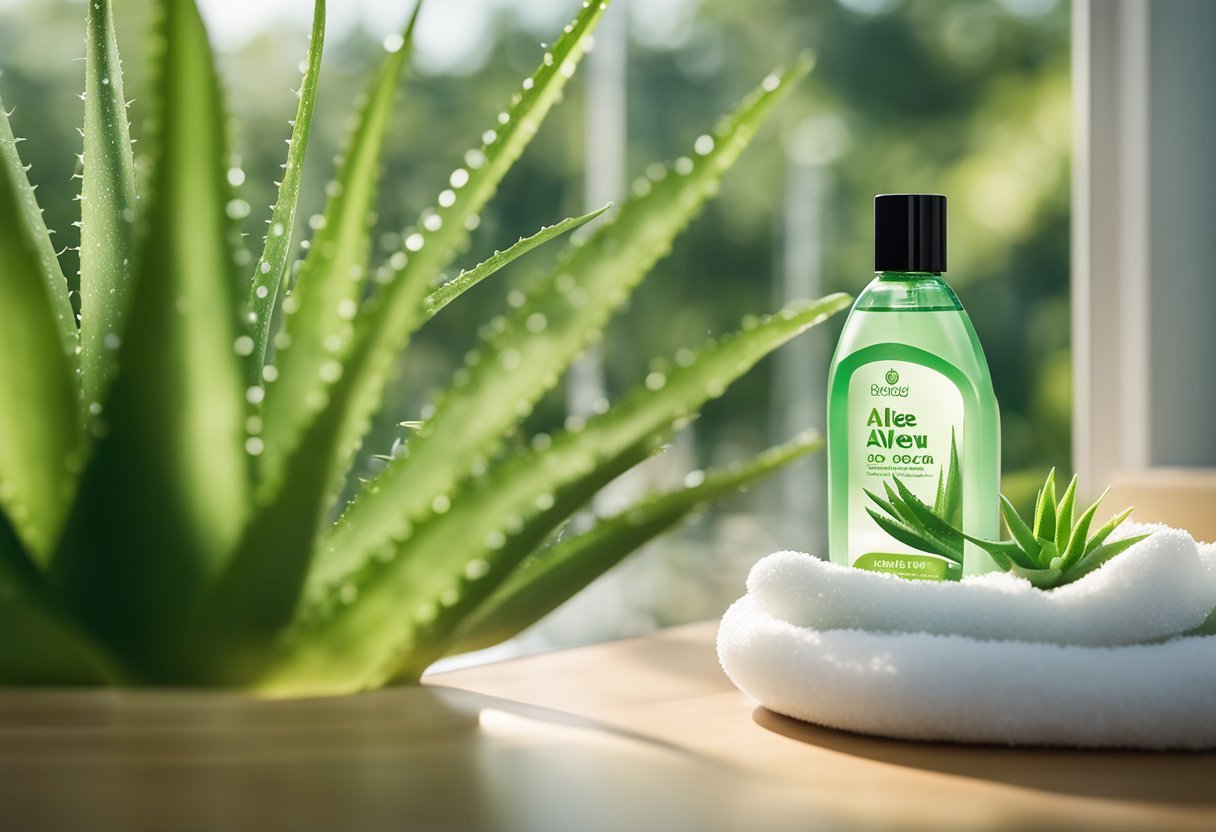
Using Moisturizers and Gels
To soothe your sunburn, consider applying moisturizers and gels with aloe vera. This natural ingredient is known for its cooling and anti-inflammatory properties, which can aid in healing the affected skin. You may also use a lotions with aloe vera, as they can help retain moisture in your skin, preventing it from becoming too dry and more irritated.
Keep your skin hydrated both externally and internally. Drink plenty of water to give your body the necessary hydration, which can help heal the sunburn more effectively.
For more severe sunburns, consider using a hydrocortisone cream. This over-the-counter medication helps to reduce inflammation and relieve itching. However, use it only if the sunburn is especially painful or swollen, and follow the instructions on the packaging.
When to Seek Medical Attention
Despite at-home care, there are times when you may need to consult a professional. Seek the help of a dermatologist or a doctor in the following circumstances:
- The sunburn covers a large area of your body or is accompanied by blisters.
- You experience extreme pain, fever, chills, or nausea.
- The symptoms worsen or do not improve after a few days of self-care.
- You suspect an infection, which may be indicated by pus, increased redness, swelling, or warmth in the affected area.
Medical attention may be vital to proper treatment and ensuring a safe recovery from severe sunburns. Always listen to your body and consult a healthcare professional when in doubt.
Preventing Sunburn
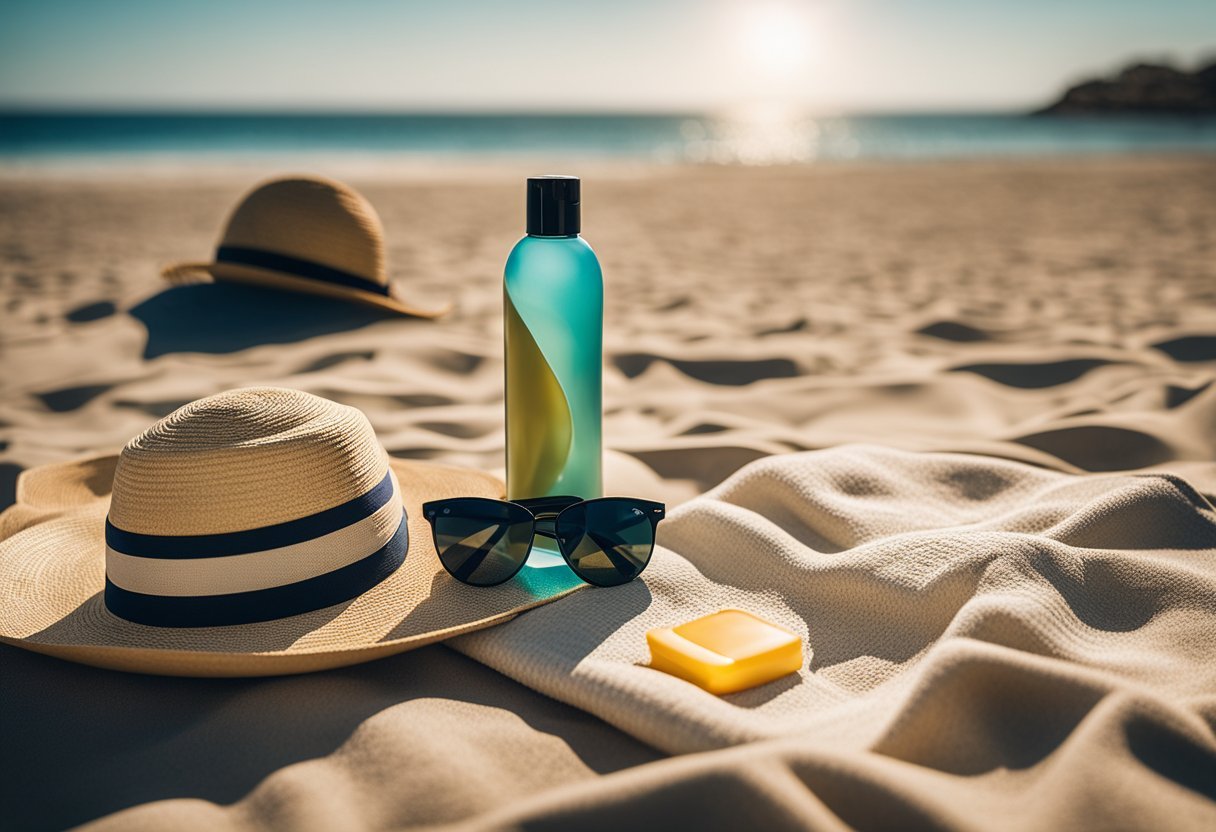
Preventing sunburn is crucial to maintaining healthy skin and reducing skin cancer risk. In this section, you will learn the effective use of sunscreen and additional protective measures beyond sunscreen to shield your skin from harmful UV rays.
Effective Use of Sunscreen
Using sunscreen is essential for protecting your skin from sunburn. To ensure that you get the most out of your sunscreen, follow these tips:
- Choose a broad-spectrum sunscreen with an SPF of at least 30 that protects against both UVA and UVB rays.
- Apply sunscreen generously and evenly to all exposed skin, including your face, neck, ears, and the tops of your feet. Remember to also apply it to areas that are harder to reach, like your back.
- It is essential to apply sunscreen at least 30 minutes before going outside. This gives the sunscreen time to be absorbed by your skin and provides optimal protection.
- Reapply sunscreen at least every 2 hours, more frequently if swimming or sweating.
Protective Measures Beyond Sunscreen
While using sunscreen is vital, additional protective measures can further increase your sun safety:
- Wear a wide-brimmed hat: A wide-brimmed hat will protect your face, neck, and ears from the sun.
- Wear sunglasses: Choose sunglasses with UV protection to shield your eyes and the delicate skin around them.
- Seek shade: Avoid staying directly under the sun, especially during peak hours (10 am – 4 pm) when UV rays are the strongest.
- Wear protective clothing: Loose-fitting, long-sleeved clothing can help protect your skin from sunburn. Opt for fabrics with a tight weave for better protection.
- Be cautious near reflective surfaces: Water, sand, and snow can reflect sunlight and intensify UV exposure. Be extra vigilant about applying sunscreen and following other sun protection measures.
Using sunscreen properly and incorporating these additional protective measures can effectively defend your skin from sunburn and lower your risk of developing skin cancer.
Recognizing and Managing Complications
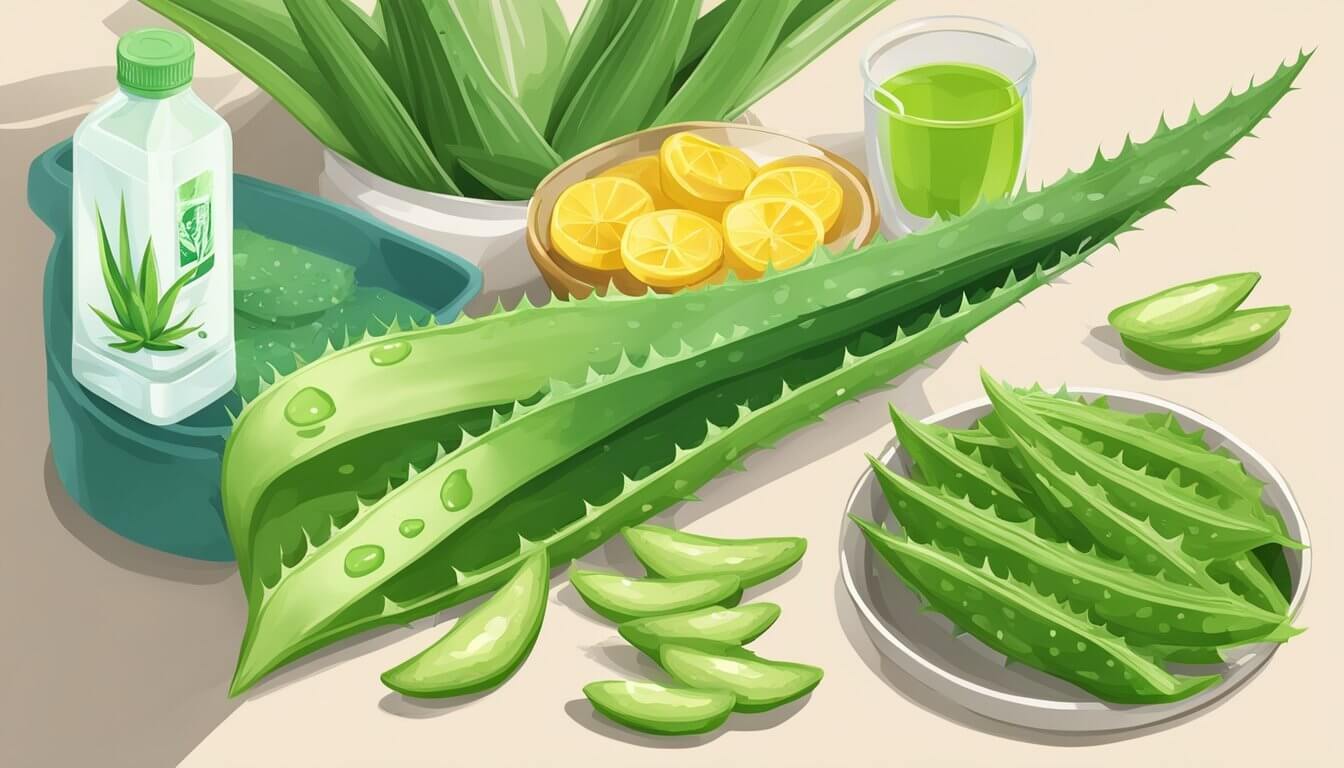
Identifying Infections and Blisters
Recognizing the signs of an infection or blisters after a sunburn is crucial. Keep an eye out for the following symptoms:
- Increased redness and swelling around the sunburn
- Pus or discharge coming from the sunburn
- Fever or chills
If you notice any of these symptoms, it might indicate an infection. Consult a healthcare professional immediately for proper treatment.
Blisters can also develop as a result of severe sunburn. To manage blisters properly, follow these steps:
- Clean: Gently clean the area with mild soap and water.
- Protect: Cover the blister with a non-stick bandage to prevent further damage.
- Avoid Popping: Resist the urge to pop the blister, which can lead to infection.
Long-Term Skin Damage Concerns
Sunburns can also have long-term consequences on your skin. The most significant concerns include scarring and the risk of skin cancer.
Scarring: Repeated sunburns can lead to permanent skin damage and scarring. To minimize the risk of scarring, practice sun safety measures such as using sunscreen, seeking shade, and wearing protective clothing.
Skin Cancer: Sunburns raise the risk of developing skin cancer, including melanoma. Make sure to perform routine skin checks and look for the following signs of melanoma:
- Asymmetrical moles or growths
- Border irregularity on moles or growths
- Color changes or multiple colors in a mole
- Diameter more significant than a pencil eraser
- Evolving or changing moles
If you notice any of these changes, consult a dermatologist promptly for evaluation.
Protecting your skin from sunburns is essential to avoiding complications and maintaining overall skin health.
Frequently Asked Questions
What are effective ways to reduce sunburn redness overnight?
To reduce sunburn and redness overnight, apply a cold compress or a cool bath to soothe the affected area. Aloe vera gel, over-the-counter hydrocortisone cream, or an anti-inflammatory cream can help alleviate redness. Keep the area moisturized and avoid further sun exposure.
What is the quickest method to treat a sunburn?
The quickest method to treat sunburn is to immediately cool and moisturize the affected area to minimize damage and soothe the skin. Apply aloe vera gel or a moisturizing lotion, preferably with natural ingredients that offer anti-inflammatory and cooling properties. Use over-the-counter pain relievers like ibuprofen to help with pain and inflammation.
What are the best strategies for treating sunburn on the face?
For sunburn on the face, apply a cool compress or wash your face with cool water. Follow it up with a gentle, fragrance-free facial moisturizer containing aloe vera or other soothing ingredients. Avoid using harsh skincare products during the healing process. If sunburn on the face causes eye irritation, wear sunglasses to minimize exposure to sunlight.
How can someone with dark skin treat sunburn at home?
Sunburn can also affect people with dark skin. Treatment options remain the same as for lighter skin tones: cool the skin with cold compresses or a cool bath, moisturize with aloe vera gel, use an over-the-counter anti-inflammatory cream or hydrocortisone cream, and avoid further sun exposure by wearing appropriate clothing and sunscreen.
Is it better to cover sunburn or let it breathe?
It’s best to let your sunburn breathe to allow for faster healing. However, cover the affected area with loose, breathable clothing to protect it from further sun exposure and irritants. Avoid tight clothing that may cause friction on sunburned skin.
What remedies should you avoid when dealing with a sunburn?
Avoid using ice or ice packs directly on the skin, which can cause more damage. Please avoid oleum jelly, as it can trap heat in the skin and slow healing. Avoid using harsh astringents or alcohol-based products that can cause further irritation. Steer clear of home remedies involving acidic substances, like vinegar or lemon juice, as they can worsen sunburn.